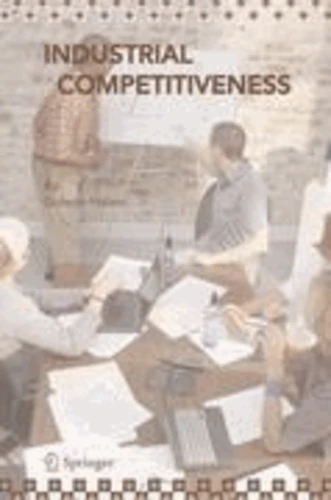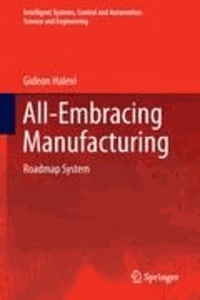Industrial Competitiveness. Cost Reduction
Par :Formats :
- Paiement en ligne :
- Livraison à domicile ou en point Mondial Relay indisponible
- Retrait Click and Collect en magasin gratuit
- PrésentationBroché
- Poids0.328 kg
- Dimensions15,5 cm × 23,5 cm × 1,1 cm
- ISBN978-90-481-7105-7
- EAN9789048171057
- Date de parution30/11/2010
- ÉditeurKluwer Academic Publishers
Résumé
PThis book takes the form of a dialogue between middle and higher management of a production plant. Several aspects of modern, efficient and competitive industrial management and production planning are treated with the object of finding ways to optimize company profit and to reduce manufacturing costs, from the viewpoint of those working in such diverse disciplines as design, process planning, costing, marketing, sales, customer relations, bookkeeping, inventory control, material handling, shipping, etc.
Traditionally, the manufacturing cycle is a one-way chain of activities where each stage poses constraints on the next. This book explores the possibilities of more independence and cooperation between the stages, and less rigid constraints. /P PThe material is divided into two parts, the first part dealing with reducing inventory cost, and the second dealing with reducing the cost of production management.
Two appendices are included to further explain cost reduction methods./P
Traditionally, the manufacturing cycle is a one-way chain of activities where each stage poses constraints on the next. This book explores the possibilities of more independence and cooperation between the stages, and less rigid constraints. /P PThe material is divided into two parts, the first part dealing with reducing inventory cost, and the second dealing with reducing the cost of production management.
Two appendices are included to further explain cost reduction methods./P
PThis book takes the form of a dialogue between middle and higher management of a production plant. Several aspects of modern, efficient and competitive industrial management and production planning are treated with the object of finding ways to optimize company profit and to reduce manufacturing costs, from the viewpoint of those working in such diverse disciplines as design, process planning, costing, marketing, sales, customer relations, bookkeeping, inventory control, material handling, shipping, etc.
Traditionally, the manufacturing cycle is a one-way chain of activities where each stage poses constraints on the next. This book explores the possibilities of more independence and cooperation between the stages, and less rigid constraints. /P PThe material is divided into two parts, the first part dealing with reducing inventory cost, and the second dealing with reducing the cost of production management.
Two appendices are included to further explain cost reduction methods./P
Traditionally, the manufacturing cycle is a one-way chain of activities where each stage poses constraints on the next. This book explores the possibilities of more independence and cooperation between the stages, and less rigid constraints. /P PThe material is divided into two parts, the first part dealing with reducing inventory cost, and the second dealing with reducing the cost of production management.
Two appendices are included to further explain cost reduction methods./P


